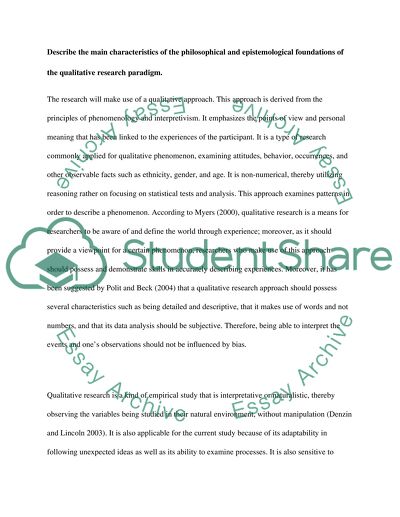Cite this document
(“Stigma in the HIV and AIDS Pandemic Term Paper Example | Topics and Well Written Essays - 2000 words”, n.d.)
Retrieved de https://studentshare.org/health-sciences-medicine/1390594-stigma-in-the-hiv-and-aids-pandemic
Retrieved de https://studentshare.org/health-sciences-medicine/1390594-stigma-in-the-hiv-and-aids-pandemic
(Stigma in the HIV and AIDS Pandemic Term Paper Example | Topics and Well Written Essays - 2000 Words)
https://studentshare.org/health-sciences-medicine/1390594-stigma-in-the-hiv-and-aids-pandemic.
https://studentshare.org/health-sciences-medicine/1390594-stigma-in-the-hiv-and-aids-pandemic.
“Stigma in the HIV and AIDS Pandemic Term Paper Example | Topics and Well Written Essays - 2000 Words”, n.d. https://studentshare.org/health-sciences-medicine/1390594-stigma-in-the-hiv-and-aids-pandemic.


